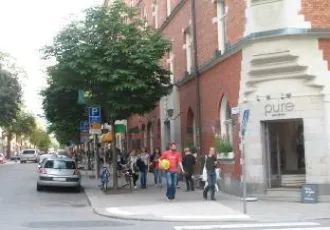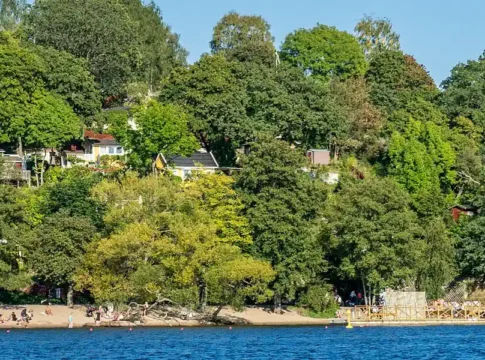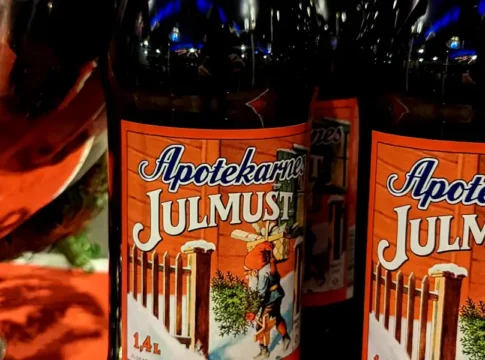Årstaskogen: Stockholm’s urban nature sanctuary
Just south of Södermalm, in the districts of Årsta and Liljeholmen, is a picturesque natural area known as Årstaskogen (Årsta Forest). Stretching from Johanneshovsbron to Årstabroarna (train bridges), this stunning forest is a geological wonder formed during the most recent ice age.
Natural reserve status
As of June 2018, Årstaskogen and Årsta holmar were officially designated as a nature reserve (naturreservat). In 2022, the reserve was further expanded by an additional 5 hectares of natural land.
The biodiversity of Årstaskogen
It is also possible to mention specific species that are present in the area. For example, the rare fungus “tallticka” (Phellinus pini) is common on old pine trees in Årstaskogen. Bird species such as the crested tit, black woodpecker, great spotted woodpecker, and nuthatch are also frequently observed.
A paradise for outdoor enthusiasts
Popular among outdoor enthusiasts, Årstaskogen offers a wide range of outdoor activities, including swimming, hiking, running, and picnics. The forest offers a tranquil respite from the bustle of the city as its winding paths wind through both open meadows and dense woodlands.
With several bus and metro stops close by, Årstaskogen is easily accessible by public transportation and a well-liked leisure destination for both locals and tourists. This is the ideal location if you want to get a taste of nature without leaving the city limits.
Hidden gems and historical significance
Interesting features can be found beneath the surface of Årstaskogen:
- Storage facilities for Stockholm’s water supply are underground
- Former military bunkers
- Allotment gardens were first created in 1917
- There are remnants of World War II defense, including two gun emplacements from the anti-aircraft site at Skanskvarn.
The charming Årsta islands
The three Årsta Islets are located in Årstaviken Bay, next to Årstaskogen. Each island has a distinct character, with meadows dominating Lillholmen and a more archipelago-like nature on Bergholmen.
- Bergsholmen: The main islet, providing calm surroundings for a peaceful getaway.
- Alholmen: The westernmost islet, where the historic Årsta Manor (dating from 1737) and the Årsta Bridge supports are located.
- Lillholmen: The smallest, easternmost island
Conclusion
A must-see location in Stockholm is Årstaskogen, which provides:
- Rich biodiversity
- Historical significance
- Natural beauty that is accessible
- Adventure and peace in the ideal proportions
Årstaskogen offers a singular chance to discover and savor the natural world within the boundaries of Stockholm, regardless of your interests—history, nature, or just a tranquil getaway.










 Årstaskogen
Årstaskogen Årstaskogen
Årstaskogen






